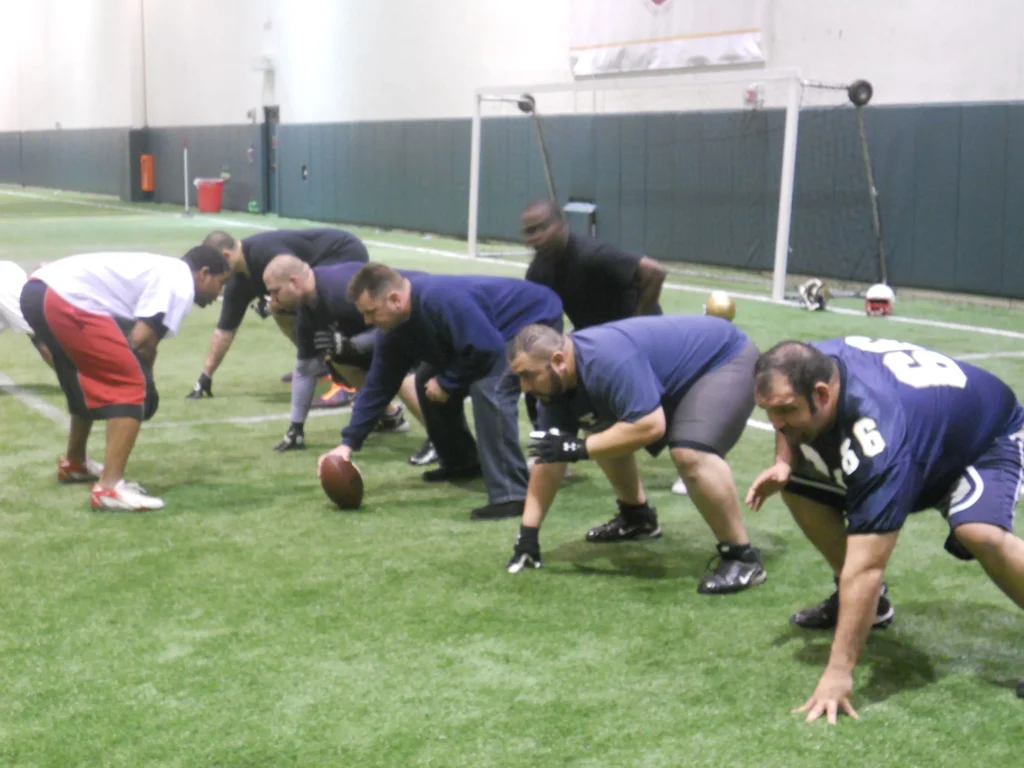Sports gear innovations are reshaping how athletes train, compete, and recover, turning every practice into a data-informed step forward. What once were simple products have become engineered systems where materials, design, and feedback loops converge toward real-world performance gains. From sprint tracks to mountain trails, sports equipment innovations are driving lighter, more responsive gear that sustains performance under demanding conditions. Better integration of sensors and data analytics translates raw motion into actionable coaching cues that help athletes refine technique. As this ecosystem matures, the emphasis shifts from individual product features to holistic systems that support consistency, safety, and longevity.
Across the industry, the same momentum is framed as improvements in athletic equipment, intelligent gear, and connected wearables that merge form with function. Analysts describe this shift as smart sports gear, data-driven design, and advanced materials shaping performance, comfort, and durability. In practice, manufacturers prototype rapidly, test fit and biomechanics with simulations, and tailor configurations to individual athletes, creating ecosystems that act as training partners. This LSI-driven approach widens access to high-performance gear by emphasizing interoperability, lifecycle thinking, and sustainable design.
Sports Gear Innovations: Pushing Performance through Materials, Data, and Design
Sports gear innovations are redefining what athletes can achieve by blending engineering, materials science, and digitized feedback. Across sprint tracks, mountain trails, and ball courts, equipment is increasingly a performance partner rather than a mere tool. This broader movement, often framed as sports equipment innovations at scale, relies on smarter materials, smarter testing, and smarter fit to push limits.
Beyond new materials, the integration of athletic gear technology and wearable tech in sports turns data into steady improvements in technique, conditioning, and injury prevention. When sensors and smart textiles ride in the shoe, glove, or helmet, athletes receive real-time cues that guide form, cadence, and load management, letting customization occur at scale.
Advanced Materials in Sports Gear: Lighter, Stronger, Safer
Advances in advanced materials in sports gear include carbon fiber composites, engineered foams, and breathable fabrics that reduce weight while boosting energy return and comfort.
These materials also bolster safety—from impact-dampening helmet linings to stiffness-tuned racquets and protective pads—while extending durability across training and competition. The result is smart sports gear that adapts to different events and environments.
Wearable Tech in Sports: Sensors, Data, and Real-Time Training
Wearable tech in sports now embeds sensors, smart textiles, and connected devices to capture data on motion, heart rate, and recovery during training and competition.
When translated into coaching insights, this data refines technique, calibrates training loads, and allows more precise gear fit at scale, turning wearable tech in sports into a proactive training partner.
Digital Design and Manufacturing: 3D Printing and Simulation-Driven Innovation
3D printing and additive manufacturing speed up prototyping, enabling rapid testing of fit, weight distribution, and ergonomics before a product leaves the design room.
Coupled with CFD, finite element analysis, and kinematic simulations, designers can forecast aerodynamics, durability, and safety outcomes, accelerating cycles and enabling more customized solutions.
Personalization and Customization in Performance Gear
Personalization in gear design includes orthotic-inspired insoles and helmet liners tuned to an athlete’s gait and head shape, delivering comfort, efficiency, and protection.
As manufacturing becomes more modular and scalable, more athletes gain access to gear that aligns with physiology and technique, a hallmark of athletic gear technology and smart sports gear.
Sustainability and the Future of Smart Sports Gear
Sustainability is increasingly central to sports gear, with recycled and bio-based materials, low-waste processes, and durable designs that extend equipment lifecycles.
The future will likely emphasize circular design and material innovations that minimize waste, while wearable tech in sports and smart systems work in concert to support performance and longevity across levels.
Frequently Asked Questions
What impact do advanced materials in sports gear have on performance and safety?
Advanced materials in sports gear—such as carbon fiber composites, reactive foams, and breathable fabrics—lower weight, increase strength, and boost protection. This enables faster, more efficient movement and better injury prevention across disciplines.
What is athletic gear technology, and how is it shaping sports gear innovations?
Athletic gear technology combines sensors, smart textiles, and connected devices to collect motion, heart rate, and recovery data. When analyzed, this information supports technique refinement, training planning, and better equipment fit.
How does wearable tech in sports influence training, recovery, and gear fit?
Wearable tech in sports empowers athletes to monitor performance metrics in real time and adjust gear fit or technique, leading to personalized training and safer practice.
How do 3D printing and digital design accelerate sports equipment innovations?
3D printing and digital design shorten development cycles, enable rapid prototyping, and allow customized geometry and weight distribution for each athlete.
In what ways does smart sports gear enable real-time feedback and performance optimization?
Smart sports gear uses real-time feedback to coach the athlete, optimize cadence or swing, and improve safety through adaptive protection and fit.
What future trends will drive the next wave of sports equipment innovations for athletes?
The future of sports equipment innovations points to sustainable materials, circular design, and data-driven optimization via machine learning, delivering personalized, durable gear for every athlete.
| Aspect | Key Points |
|---|---|
| Materials and construction},{ | |
| Running and cycling technology},{ | |
| Ball, racquet, and protective gear | Stiffness, damping, and weight reduction improve control and power; protective gear balances impact protection with mobility. |
| Sensing and data | Wearables and smart textiles collect motion, heart rate, stress, and recovery data; insights optimize technique, training loads, and equipment fit. |
| Digital design and manufacturing | 3D printing enables rapid prototyping and customization; CFD/FEA and kinematic simulations shorten cycles and tailor gear to biomechanics. |
| Personalization | Custom insoles, helmet liners, and adjustable components tailor gear to an athlete, improving comfort, efficiency, and protection. |
| Sustainability | Recycled and bio-based materials, low-waste production, and long lifecycles reduce environmental impact and total ownership costs. |
| Market dynamics and future | Wearable tech integration makes gear act as a coach and partner; future trends include nanomaterials, ML driven design, and circular design strategies. |
Summary
Sports gear innovations describe a dynamic convergence of materials science, sensing technology, and digital manufacturing that is elevating athletic performance. By blending advanced materials, data-driven insights, and customized design, this field enables athletes to train more efficiently, compete more safely, and recover more quickly. Personalization, sustainability, and real-time feedback are turning equipment from a passive tool into a performance partner. As wearables become more capable and manufacturing processes more agile, the horizon holds smarter, lighter, and more durable gear that supports every level of sport. In short, Sports gear innovations empower athletes to push their boundaries with confidence, knowing their equipment is tuned to their physiology and goals.


